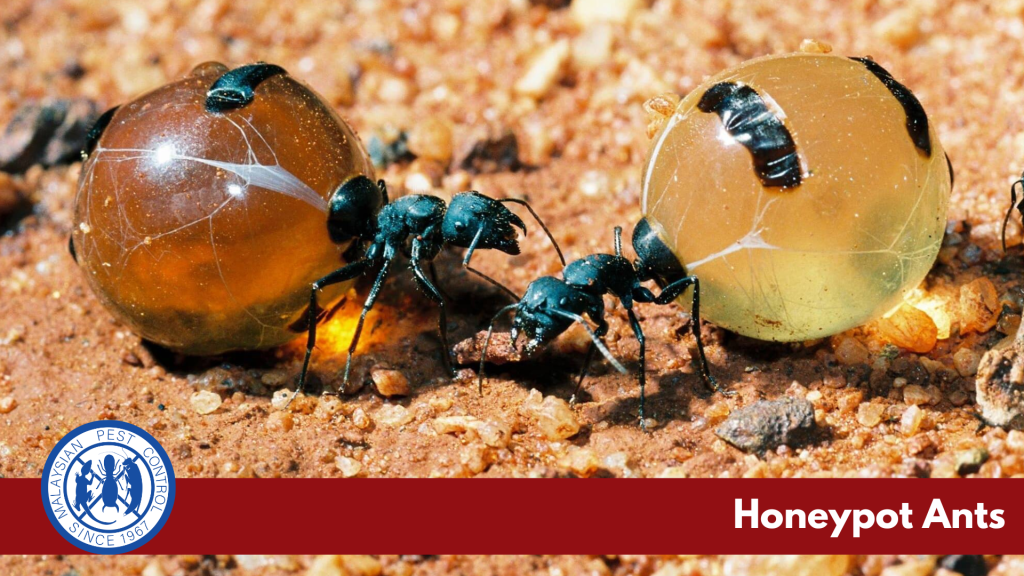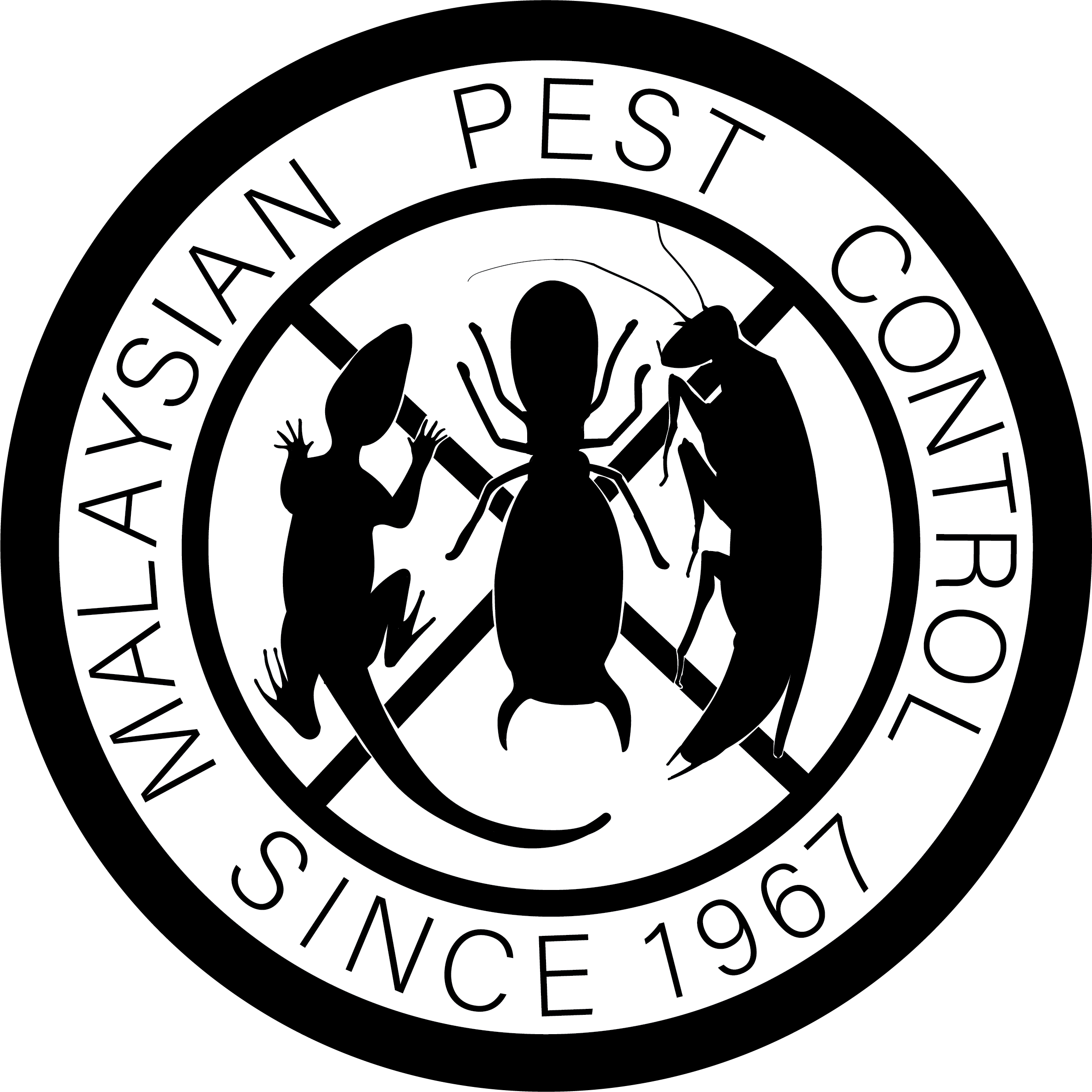About Honeypot Ants
Introduction to Honeypot Ants

Honeypot ants (Myrmecocystus spp.) are famous for their unique ability to store food in the swollen abdomens of specialized worker ants, known as “repletes.” Found in arid regions like deserts, these ants provide crucial food storage for their colonies during times of scarcity.
Biology and Lifecycle
- Egg Stage: The queen lays eggs in the nest.
- Larva Stage: Larvae are fed by workers and develop over a few weeks.
- Pupa Stage: Larvae spin cocoons before emerging as adults.
- Adult Stage: Workers gather food, while the queen reproduces.
Behavior and Habitat
Honeypot ants primarily inhabit desert regions. Their repletes store liquid food, which sustains the colony during droughts. Foraging ants seek out nectar, insects, and honeydew.
Interaction with Humans and Pets
Honeypot ants rarely pose a threat to humans or pets. They are primarily non-aggressive and are more a curiosity than a pest. Their food storage adaptation is a fascinating feature in ant biology.
Certain worker ants, called “repletes,” store nectar and other liquids in their swollen abdomens, which can expand to the size of a grape.
Uniqueness of Honeypot Ants
Honeypot ants are special because of their unique food storage ability. Certain worker ants, called “repletes,” store nectar and other liquids in their swollen abdomens, which can expand to the size of a grape. This adaptation allows the colony to survive during times of food scarcity, especially in arid environments. Their ability to function as living food reservoirs is a rare and remarkable evolutionary trait, making them an interesting subject of study in both ecology and biology.
Watch Gordon Ramsay Pops Honey inside his mouth
Honeypot Ants are not native to South East Asia. You won’t see them anywhere near your house in Malaysia, unless they are imported as Pets from countries at North America or Australia.



